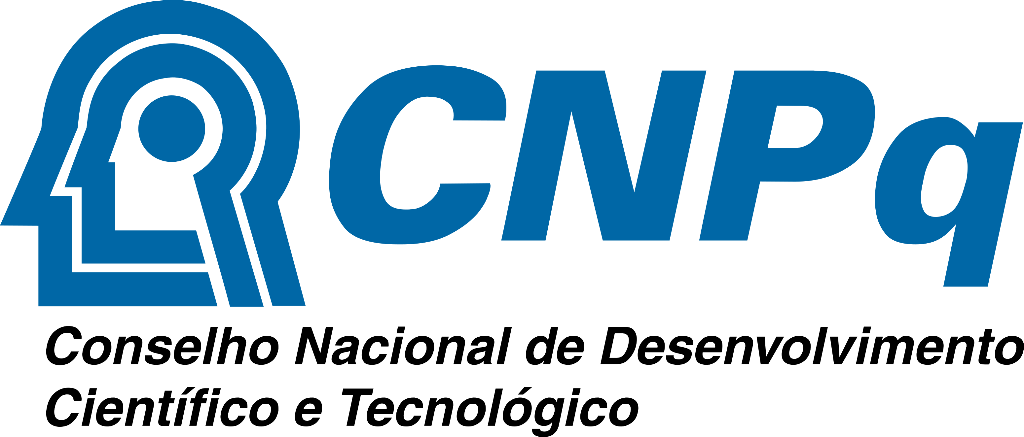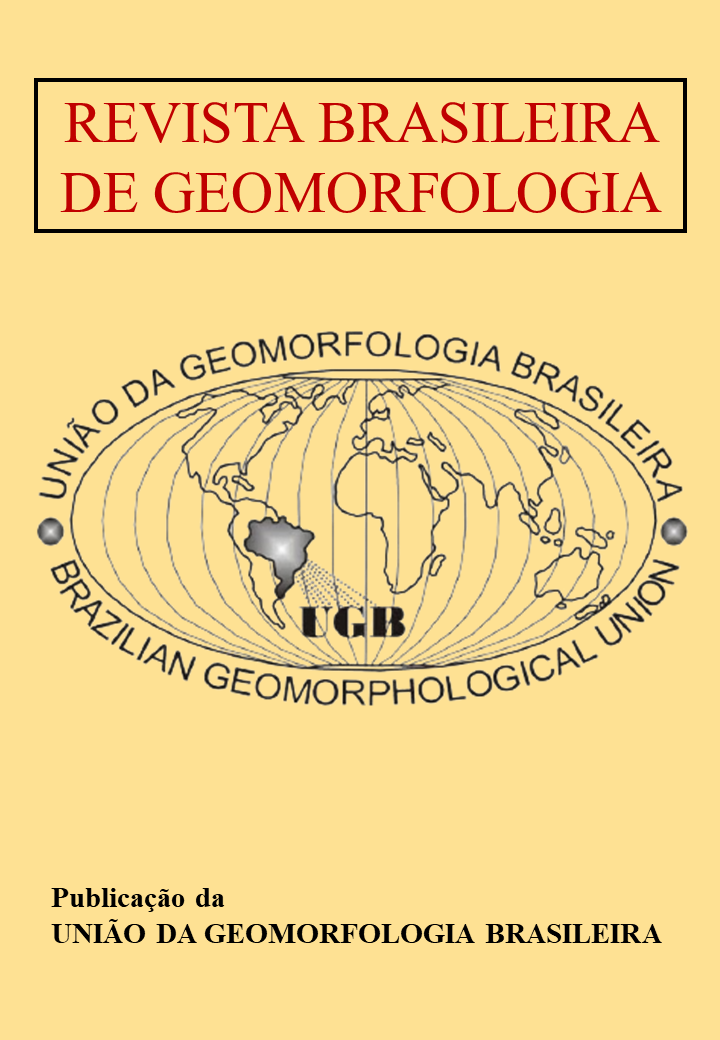Processos de voçorocamento no Planalto da Borborema, semiárido da Paraíba
DOI:
https://doi.org/10.20502/rbg.v24i00.2359Keywords:
erosão de vazamento, erosão em túneis, depósito aluvial, erosão no semiáridoAbstract
Studies on gully processes are relatively scarce, and the most, are strictly morphological. In general, erosions by subsurface water flows (seepage and piping) and the consequent mass movements of the edges are considered the main processes in controlling the evolution of gullies. In the Brazilian semiarid region, over crystalline rocks, the gully processes do not seem to follow the classic model of humid regions, since groundwater infiltration is restricted to low depths by layers of low permeability close to the surface. In this sense, the objective was to establish principles that explain the genesis and evolution of the gullying process in the semi-arid portion of the Borborema Plateau, in the Paraíba State. To this end, aerial photogrammetric surveys were carried out with a drone in the years 2020 and 2022. Two soil profiles were described, and physical, chemical and micromorphological analyzes were carried out. The gullies were typified according to Thwaites et al. (2022) and verified the distribution of rainfall within the sample period. The results showed active gully processes, with significant growth of forms in relation to the few rainfalls that occurred. The decrease in total porosity in the textural B-horizons in relation to the surface horizon, nodules, and grayish colors in the aggregate wall suggest low vertical hydraulic conductivity and lateral movements within the soil profile. Local hydrogeomorphological factors, associated with soil characteristics, are responsible for the gullying process.
Downloads
Downloads
Published
How to Cite
Issue
Section
License

This work is licensed under a Creative Commons Attribution-NonCommercial 4.0 International License.
Author (s) retain copyright and grant the journal right of first publication with the work simultaneously licensed under the Creative Commons Attribution License that allows sharing the work with recognition of its initial publication in this journal.








